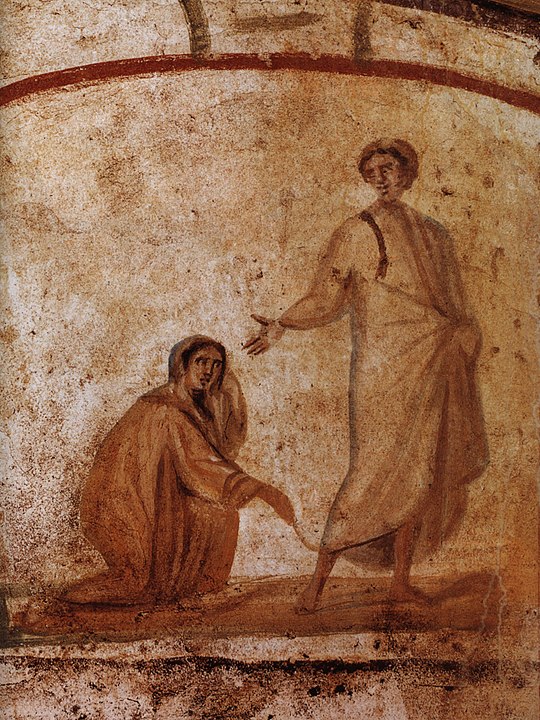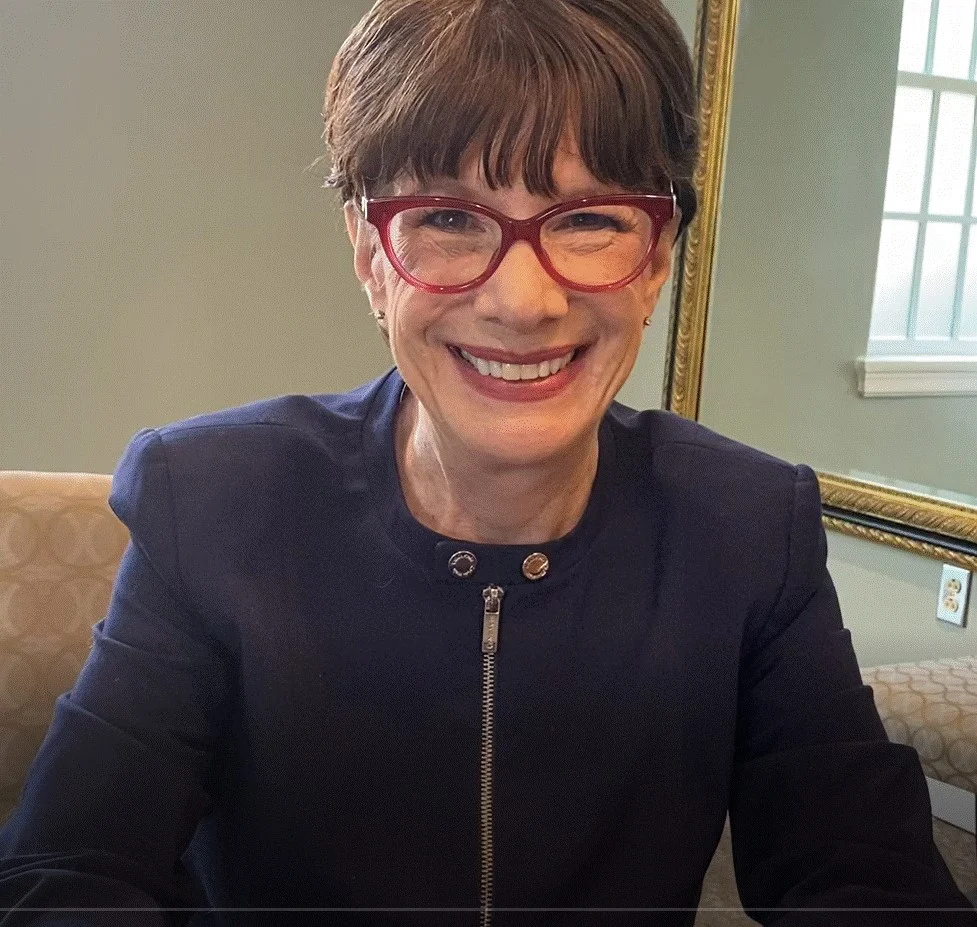Put Them There!
“Unless you have a good reason to believe they were not there, put them there!” Dr. Amy-Jill Levine issued this charge to us in her marvelous contribution to FutureChurch’s Women Erased series with a presentation titled, “Women in 2nd Temple Judaism.” She was referring to the missing women of the Bible, specifically in the New Testament, who are nameless or, if named, often conflated (Think of the many ‘Marys’ becoming confused with one another in roles and actions), or not acknowledged as present at all.
As many biographies of Dr. Levine point out, she is one of the world’s foremost scholars of religion and a leader in the study of Judaism, the Tanakh, and the New Testament, and so we are wise to take up her charge. She is currently a Distinguished Professor of New Testament and Jewish Studies at Hartford Seminary and University Professor of New Testament and Jewish Studies Emerita of Jewish Studies Emerita at Vanderbilt University. She has written over thirty books, focusing primarily on Christian-Jewish relations, early Christianity, and feminist biblical interpretation.
And, in 2019, she became the first Jewish scholar to teach a New Testament course at the Pontifical Biblical Institute in Rome!
Her mission in this presentation was to put women at the time of Jesus in the picture and to do it accurately. The Jewish women surrounding and interacting with the Jewish Jesus were not necessarily the poor, beleaguered, dependent, powerless figures we were led to believe. Readings of ancient texts in original languages and archaeological evidence confirm they owned homes, had their own funds, served as patrons, and appeared both at temples and synagogues along with men and not, contrary to popular belief, only behind screens or on balconies. Women could divorce, testify, and teach with authority. When the Gospels describe the apostles doubting the testimony of the women coming from the empty tomb, Dr. Levine contends it had nothing to do with their being women and everything to do with the message itself being seen as unbelievable.
Yet everywhere in the New Testament women are, in fact, overlooked. As more and more patriarchal rewritings proliferated, women were left nameless or, if named, had no consistent storyline (e.g. Is it Mary Magdalene the prostitute or apostle to the apostles or…) which meant further research from other sources to enrich their histories and significance became impossible.
They also eventually became victims of what Dr. Levine called “congregational identification”: i.e., church leaders’ realization that while women can imagine themselves in, and relate to, men’s stories, men have a much more difficult time placing themselves in and relating to women’s. Therefore, if women’s stories were there at all, they were often few, vague, and brief.

In light of this kind of erasure then, what are we who champion women in the church and world to do? Dr. Levine has an answer: We can not only tell their stories but give them agency within the story and continuation after. She referenced, as an example, the bleeding woman touching the hem of Jesus. Maybe we should emphasize how “the bleeding woman had the guts to stand up for herself, to take action to improve her life.” That’s part of the story, too. She also urged us to continue the story: What did the woman do or say afterward? How did her life change? More importantly, if I were this woman, what would I have done or said? Dr. Levine then made many of us laugh by adding, “Don’t let anyone, even Jesus, mansplain to us!”
I’m excited about creating this kind of expanded narrative of abbreviated or missing stories of women. I was even thinking of trying out one here. Dr. Levine, however, added a caution: “Stronger readings happen if they are done in community so no one of us goes off the deep end.” We should gather and together fill out, open up, and refine the women’s stories from our own multi-varied experiences and imaginations if we want more profound truth to emerge.
As Dr. Levine reminded us: “If the Holy Spirit is still active, then revelation is still happening.” How rewarding to be finally fully able to participate in that revelation.


One Response
On the consubstantial complementarity of man and woman:
http://www.pelicanweb.org/solisustv18n08page24.html
Note the social and ecological repercussions of religious patriarchy.